The Real Deal on Carbs: A No-Nonsense Guide to Fueling Your Body
You know, after years of helping people figure out their relationship with food, one thing is crystal clear: carbs are confusing. So many people walk in thinking carbohydrates are the single reason they’re struggling, and that they need to be avoided like the plague. Honestly, my first job is usually to undo that fear.
In this article
Here’s the truth: your body needs carbohydrates. They are the number one fuel source for your brain and muscles. The problem is never the carb itself. It’s all about the quality you choose, the amount you eat, and what else you’re putting on the plate with it.
This isn’t about some magic list of ‘slimming’ foods. It’s about learning how to use nutrient-rich carbs as a tool for real, sustained energy and health. We’re going to dig into the ‘why’ behind how they work, the best ways to prepare them, and how to actually fit them into your life without feeling guilty. Let’s get this sorted out, for good.

The Science That Actually Matters
Before we even touch the food, let’s get a handle on the fuel. And no, this isn’t just for science nerds. Understanding this stuff is what empowers you to make smart choices in the grocery store aisle and in your kitchen. It’s the difference between blindly following a strict diet and actually understanding what your body is asking for.
Simple vs. Complex: The Campfire Analogy
I love using a campfire analogy for this. Think of simple carbs—the stuff in white bread, sugary drinks, and most packaged snacks—as paper or kindling. They catch fire in an instant, burn super bright for a minute, and then… poof. They’re gone. That’s the classic blood sugar spike and crash that leaves you feeling ravenous and exhausted an hour later.
Complex carbs, on the other hand, are the solid logs for that fire. We’re talking about things like whole grains, beans, and starchy vegetables. They take a lot longer to break down. They burn slowly and steadily, giving you a reliable source of energy for hours. This slow, controlled release of fuel is what keeps you feeling full, energized, and prevents those sudden urges to raid the pantry.
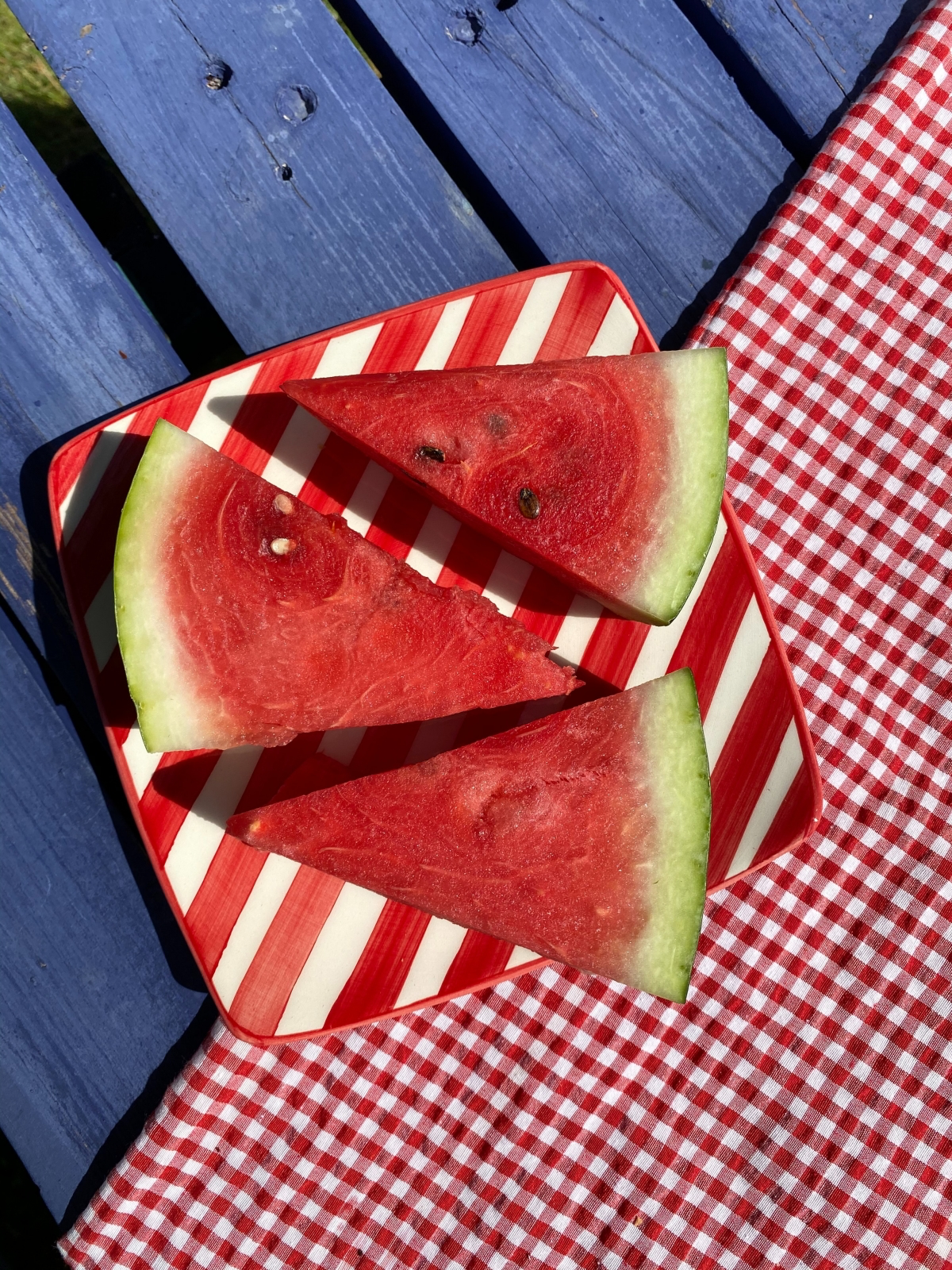
The Glycemic Index: A Tool, Not a Rule
You’ve probably heard about the Glycemic Index (GI). It’s a scale that ranks carb-heavy foods based on how fast they raise your blood sugar. It’s a handy concept, but I always tell people not to get obsessed with it. Why? Because we almost never eat foods by themselves.
When you add protein, healthy fats, or fiber to a meal, you totally change the game. For example, a plain baked potato has a high GI. But eat that same potato with the skin on (that’s fiber!), a piece of grilled chicken (protein), and a little olive oil (fat), and the overall blood sugar impact of that meal becomes much, much lower. It’s a far more realistic way to look at your food.
Fiber: The Unsung Hero of Carbs
Honestly, if there’s one single thing I want people to focus on, it’s fiber. Fiber is a type of carb your body can’t digest, and that’s a very good thing. There are two types, and you want both:
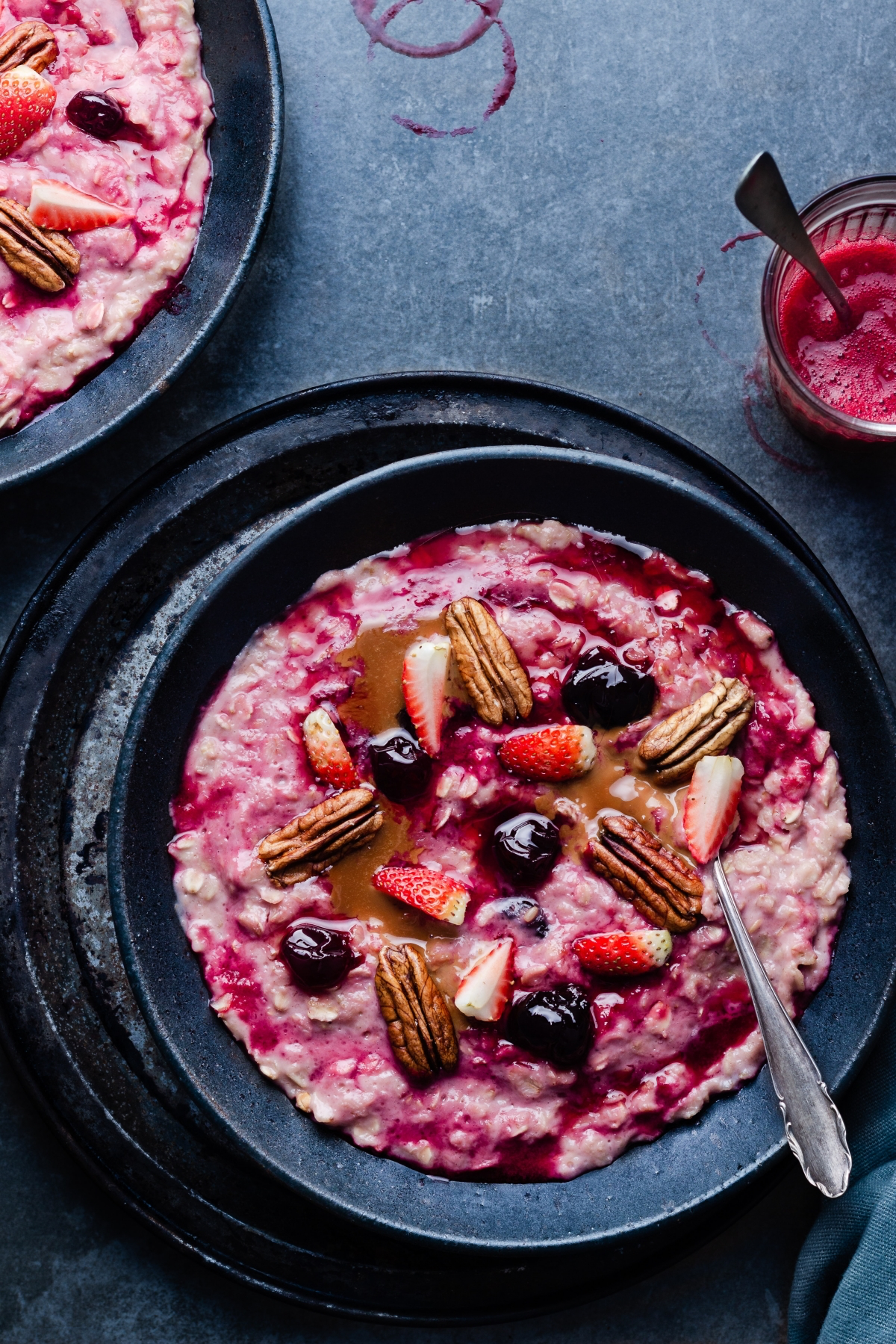
- Soluble fiber: This is the stuff in oats, beans, and apples. It dissolves in water and creates a gel-like substance in your gut. This process slows everything down, helping you feel full and keeping blood sugar in check.
- Insoluble fiber: Found in whole-wheat flour, nuts, and veggies like cauliflower, this type doesn’t dissolve. It adds bulk and helps keep things moving along smoothly in your digestive system.
Most of us are getting way less fiber than we should—experts recommend around 25 grams a day for women and 38 grams for men. Simply choosing carbs that are rich in fiber is one of the most powerful moves you can make for your health.
My Go-To Carb Starter Kit
Okay, let’s get practical. You’ll notice I’m not listing every carb under the sun here. Things like quinoa, farro, and barley are fantastic, but I chose these six because they are affordable, incredibly versatile, and available pretty much everywhere. Think of this as your core ‘carb toolkit’ for building better meals.
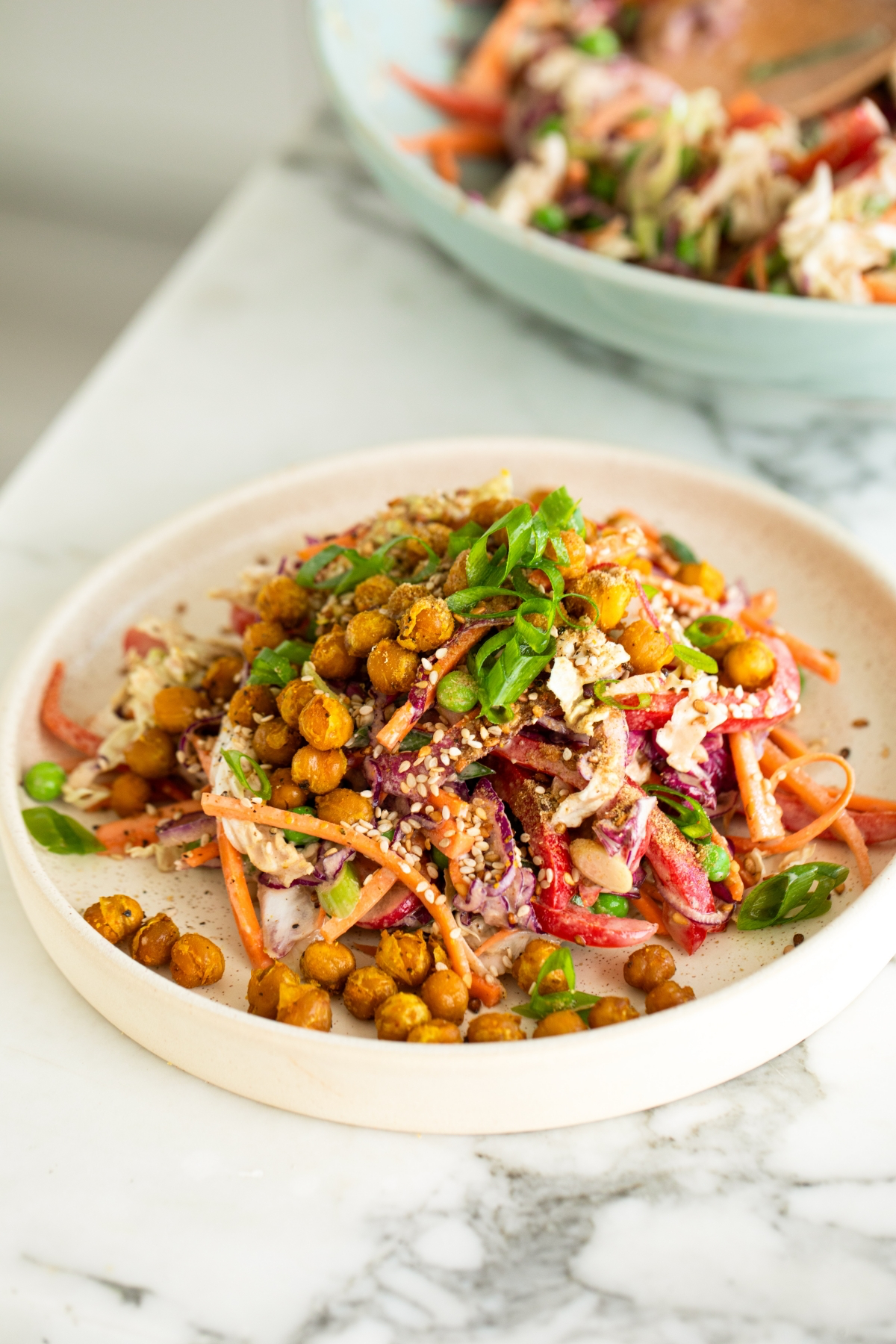
1. Oatmeal: The Breakfast Powerhouse
Oats are so much more than a boring breakfast. Done right, they’re a powerhouse of slow-release energy. The magic comes from a soluble fiber called beta-glucan, which is amazing for stabilizing blood sugar.
How to do it right: The type of oat you buy is a huge deal. Skip the sugary instant packets. Your best bets are:
- Steel-Cut Oats: These have the chewiest texture and the lowest glycemic impact. They take about 20-30 minutes to cook on the stove.
- Rolled Oats (Old-Fashioned): A little more processed but still a great choice, these cook in just 5-10 minutes.
Pro Tip: What you add to your oats can make or break them. Instead of just sugar, turn it into a complete meal. I stir in a scoop of protein powder, a tablespoon of chia seeds, a handful of berries, and some nuts. I usually go for a simple whey or plant-based protein with minimal sugar, aiming for one that offers 20-25 grams of protein per scoop. This combo will easily keep you full for 4-5 hours.
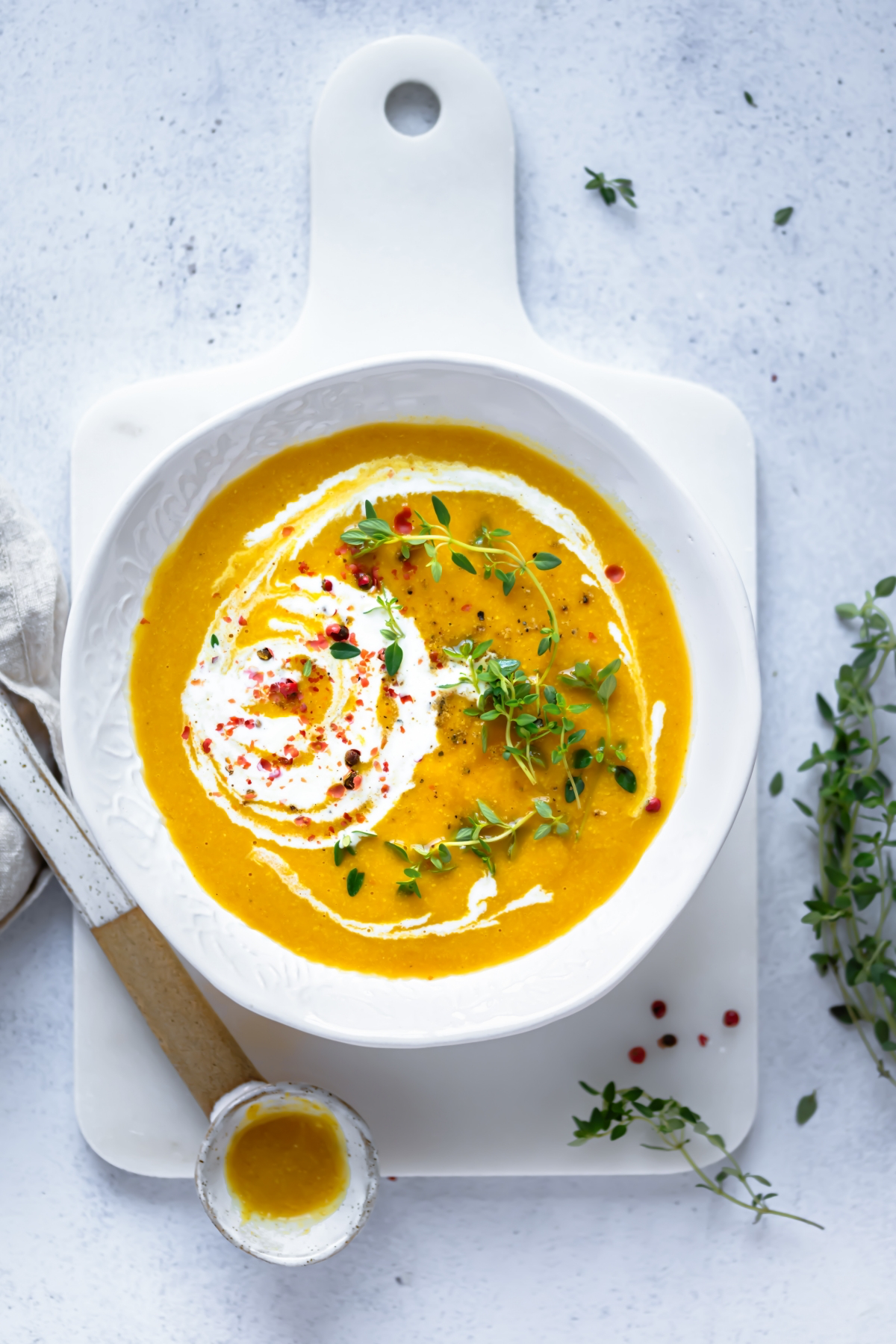
Time-Saving Hack: No time to cook oats in the morning? Try ‘overnight oats.’ Just soak rolled oats in milk or a milk alternative in a jar in the fridge. They’ll be soft and ready to eat by morning!
2. Chickpeas: The Versatile Workhorse
Chickpeas (or garbanzo beans) are a pantry staple for me. They’re cheap, flexible, and loaded with a hunger-busting combo of plant-based protein and fiber (about 12 grams of fiber per cup!).
How to do it right: Canned chickpeas are fine in a pinch (just rinse them well!), but cooking them from scratch is where the real value is. A $2 bag of dried chickpeas from a store like Target or your local grocer will give you about 10 servings, while a single can costs around $1.50 for just two. That’s a huge difference!
Soak them overnight, then simmer in fresh water for 60-90 minutes until tender. For the absolute creamiest hummus, overcook them a little until they’re super soft.
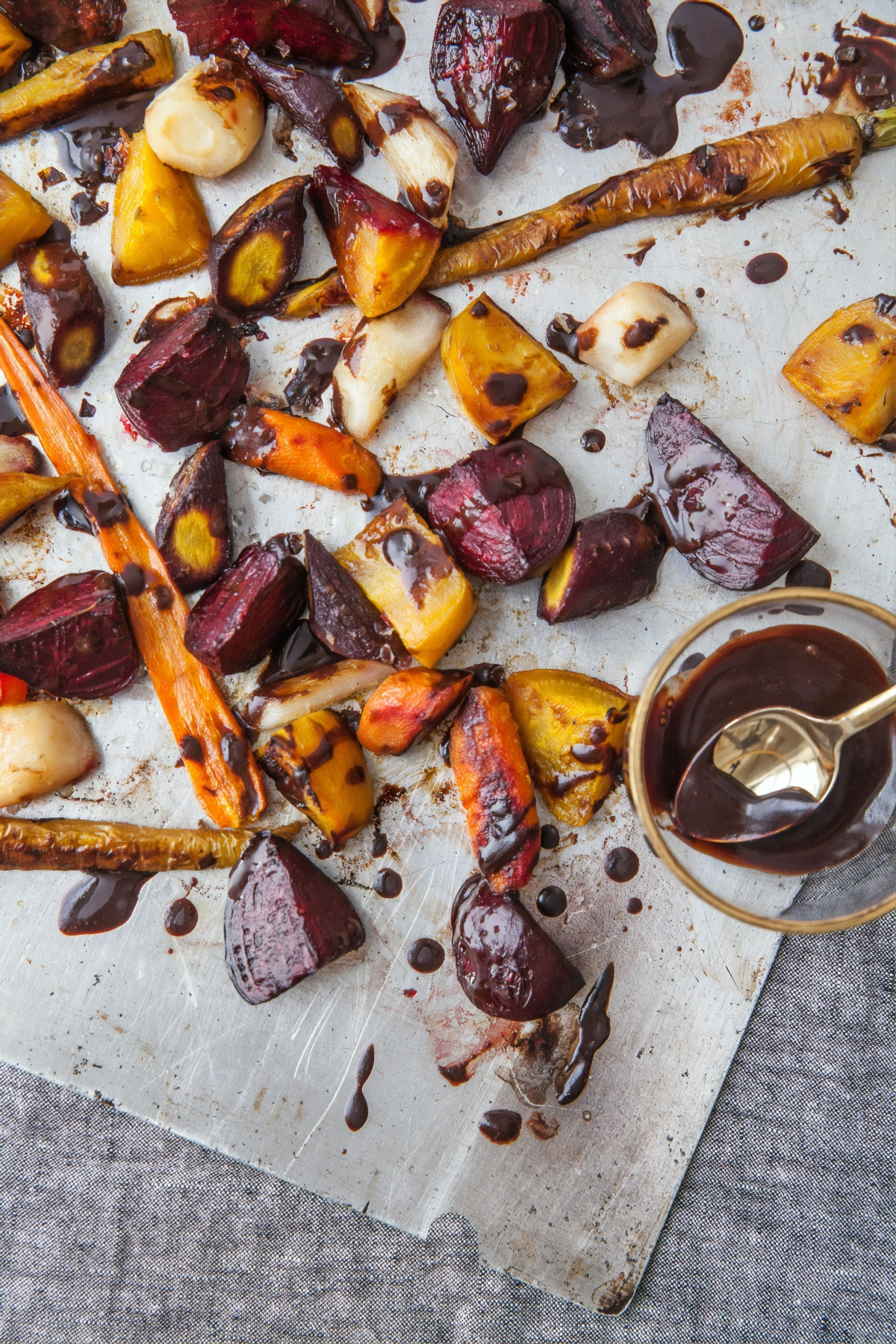
Time-Saving Hack: If you have a pressure cooker, you can cook soaked beans in about 20 minutes or unsoaked in around 40. It’s a total game-changer.
Heads up! For anyone with IBS, chickpeas are high in FODMAPs and can cause some digestive upset. Start with a small portion (like 1/4 cup) to see how your body feels.
3. Pumpkin: The Overlooked Nutrient Bomb
I wish people ate pumpkin all year long! It’s an incredible low-calorie carb source. A cup of cooked pumpkin has less than 50 calories but is loaded with fiber and beta-carotene (which your body turns into Vitamin A).
How to do it right: While roasting a small sugar pumpkin is great, let’s be real—canned pumpkin puree is a lifesaver. It’s just as nutritious and so convenient. Just make SURE you buy 100% pure pumpkin, not the pre-spiced pumpkin pie filling. I stir it into oatmeal, blend it in smoothies, or mix it into soups for extra thickness and nutrients.

4. Sweet Potatoes: The Satisfying Staple
Sweet potatoes get a bad rap for being ‘starchy,’ but it’s the good, slow-burning kind of starch. They are packed with fiber and Vitamin A.
How to do it right: My favorite method is roasting. Just scrub it, poke it with a fork, and bake at 400°F (200°C) for 45-60 minutes. And please, whatever you do, EAT THE SKIN! That’s where a ton of the fiber and nutrients are hiding.
Quick Gut-Health Tip: Here’s a cool trick. After you cook a sweet potato, let it cool completely in the fridge. As it cools, some of its starches change into something called ‘resistant starch,’ which acts like a prebiotic fiber, feeding the good bacteria in your gut. So try this: cook one tonight and eat it cold with your lunch tomorrow!
5. Brown Rice: The Whole-Grain Standard
Switching from white to brown rice is such a simple upgrade. By keeping the bran and germ, you get way more fiber, magnesium, and other nutrients, which means a much gentler effect on your blood sugar.
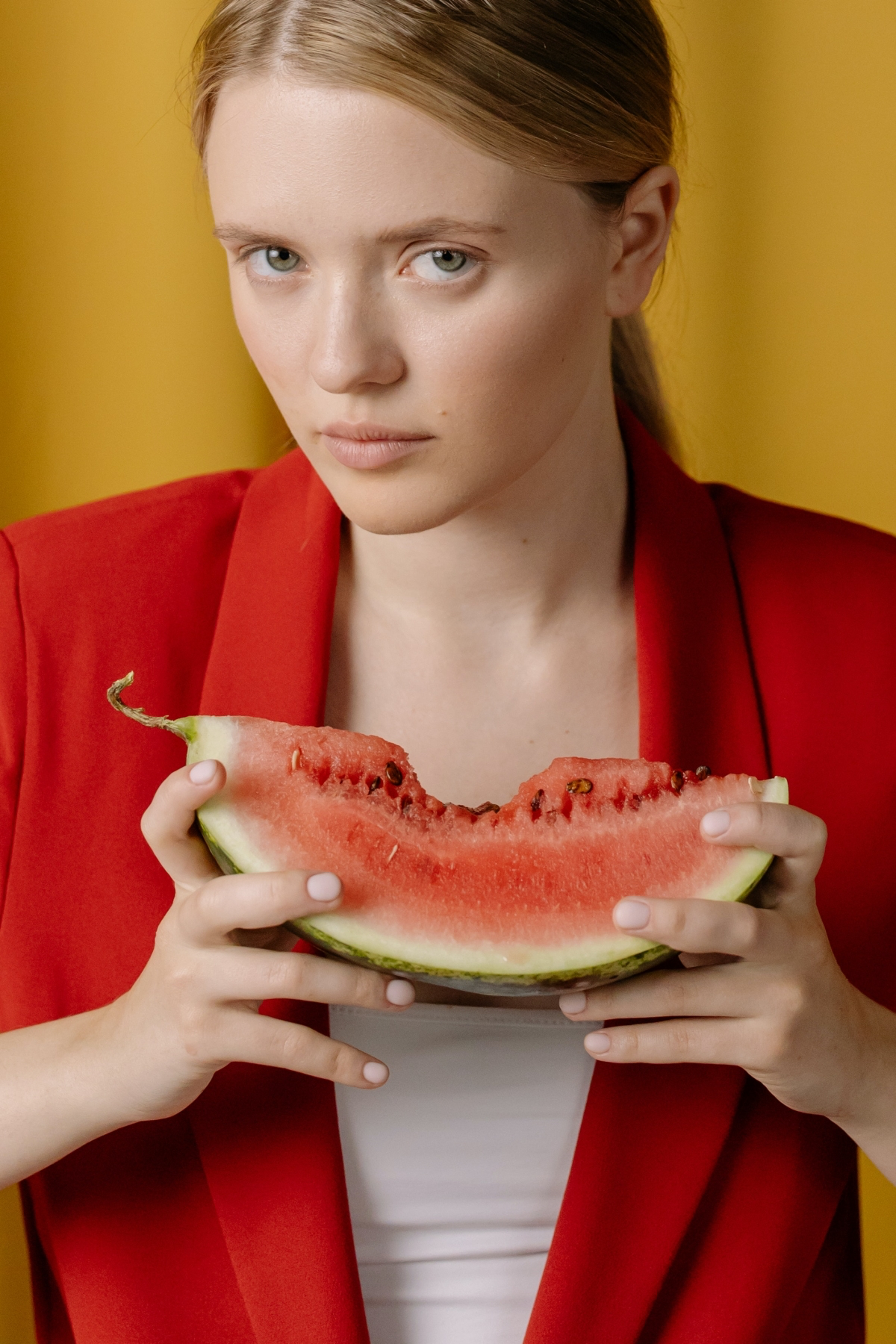
How to do it right: People complain brown rice is tough, but it’s all about technique. Rinse one cup of rice, add it to a pot with 2.25 cups of water, bring to a boil, then reduce to the absolute lowest heat. Cover it and DO NOT PEEK for 45 minutes. Then, turn off the heat and let it steam, still covered, for another 10 minutes. That last step is the secret to perfect, fluffy rice every time.
6. Watermelon: The Hydrating Exception
I include watermelon to make a point about context. On paper, it has a high GI. But it’s also 92% water and super low in calories (under 50 calories for a big cup). It won’t keep you full for hours, but it’s a brilliant strategic swap. A huge, refreshing bowl of watermelon can crush a craving for a high-calorie dessert like ice cream. It’s about smart substitution, not just numbers.
Putting It All Together: The How, When, and How Much
Okay, you’ve got your toolkit. Now, how do you use it? I teach most people a simple visual guide called the ‘Plate Method.’
Imagine your dinner plate:
- Half of it: Fill with non-starchy vegetables (think leafy greens, broccoli, peppers, zucchini).
- One quarter of it: A serving of lean protein (chicken, fish, tofu, eggs).
- The last quarter: Your high-fiber, complex carb source—like a scoop of brown rice or a small sweet potato.
A good serving size for that carb portion is about the size of your cupped hand or a clenched fist (roughly 1/2 to 1 cup, cooked). This visual cue helps keep portions in check without needing measuring cups for every meal.
Okay, But When Should I Eat Carbs?
This is a big one. You’ve probably heard you shouldn’t eat carbs before bed or that you need them right before a workout. Let’s clear that up.
- For workouts: Having a small, easily digestible carb (like a banana or a small bowl of oats) 30-60 minutes before exercise can give you a great energy boost. After your workout, pairing carbs with protein is crucial for recovery.
- At night: The idea that carbs eaten after 6 p.m. magically turn to fat is a myth. Your total daily intake is what matters most. In fact, a balanced dinner with a complex carb can sometimes improve sleep quality.
A Sample Day of Eating
So what does this look like in the real world? It’s simpler than you think. Here’s an example:
- Breakfast: The powerhouse oatmeal we talked about (1/2 cup cooked oats, a scoop of protein powder, berries, and a few almonds).
- Lunch: A huge salad with tons of leafy greens, veggies, 4oz of grilled chicken, and 3/4 cup of those chickpeas you prepped.
- Dinner: A 4oz piece of baked salmon, a big pile of roasted broccoli, and one medium sweet potato (with the skin on, of course!).
A Few Final, Important Notes
This knowledge is meant to empower you, but please use it wisely.
A Quick Disclaimer: Look, this is all based on my professional experience, but it’s not medical advice. If you have a condition like diabetes, kidney disease, or a digestive disorder, you absolutely need to work with a doctor or a Registered Dietitian to create a safe plan for you.
Gluten Sensitivity: By the way, while oats are naturally gluten-free, they’re often processed in facilities that also handle wheat. If you have celiac disease or a serious sensitivity, make sure you only buy oats that are certified gluten-free to be safe.
Ultimately, learning to work with carbohydrates is about finding freedom. It’s freedom from food fear, freedom from energy crashes, and the freedom to build a sustainable, enjoyable way of eating that actually fuels your life.
Inspirational Gallery
Quinoa: A seed that acts like a grain, it’s a complete protein (containing all nine essential amino acids), cooks in about 15 minutes, and has a light, fluffy texture.
Brown Rice: A true whole grain, it’s chewier, nuttier, and incredibly budget-friendly. It takes longer to cook but provides a fantastic, hearty base for any meal.
Both are excellent complex carb choices; pick based on your time and taste preference for the day!
Building a truly satisfying meal is about balance, not deprivation. One of the golden rules is to never let a carbohydrate go solo on your plate.
- Stabilized blood sugar levels, avoiding the dreaded post-meal crash.
- A much longer feeling of fullness and satisfaction.
- A broader spectrum of nutrients in a single sitting.
The secret? Always pair your carb source—like an apple, a slice of toast, or a serving of pasta—with a source of protein or healthy fat. Think apple with peanut butter, toast with avocado and egg, or pasta with a lentil bolognese. This simple combination slows digestion and changes everything.
Just 1 in 10 adults meet the federal fruit or vegetable recommendations, according to a 2022 report from the CDC.
This is a key part of the carb confusion. By avoiding carb-rich fruits and starchy vegetables like sweet potatoes or peas, people miss out on their incredible fiber, vitamin, and antioxidant content. These whole foods are precisely the types of carbohydrates your body is designed to thrive on.
But aren’t potatoes unhealthy?
Not at all! The humble potato gets a bad rap. A medium-sized baked potato (skin-on!) is an excellent source of potassium and vitamin C. The problem isn’t the potato itself, but how it’s often prepared—deep-fried or loaded with sour cream and bacon. Try roasting potato wedges with olive oil and herbs for a delicious and nutrient-dense complex carb.
Important point: The way you cook your pasta matters. For a slower energy release, cook it ‘al dente’ (firm to the bite). Overcooked, mushy pasta breaks down faster in your system, causing a quicker blood sugar spike, similar to simpler carbs. Brands like Barilla or De Cecco even print al dente cooking times on the box.
Don’t just boil your grains in plain water. A simple switch to vegetable or chicken broth infuses every bite with a savory depth of flavor. For grains like farro or barley, try toasting them in a dry pot for a minute with a drizzle of olive oil before adding your liquid. This easy step unlocks a nutty, roasted aroma that transforms the entire dish.
Looking for an easy upgrade to your sandwiches and toast? Switch from regular whole wheat to a sprouted grain bread, like the popular Ezekiel 4:9 brand found in the freezer aisle. The sprouting process breaks down some of the starches, making the nutrients more easily accessible for your body to absorb. It’s a simple swap for a significant nutritional boost.
- Instead of sugary breakfast cereals, try old-fashioned rolled oats.
- Swap white rice for versatile, fiber-rich quinoa.
- Replace potato chips with a handful of nuts or some crunchy roasted chickpeas.
- Choose whole fruit instead of fruit juice to get all the beneficial fiber.
Often overlooked, humble lentils are a nutritional powerhouse. They are packed with both complex carbohydrates and plant-based protein, making them incredibly satiating. A single cup of cooked lentils provides about 15 grams of fiber—more than half your daily need! From hearty soups to vibrant salads, they’re one of the most budget-friendly ways to fuel your body effectively.
Cooking and then cooling starchy foods like rice, pasta, and potatoes actually increases their ‘resistant starch’ content.
This type of starch ‘resists’ digestion and functions like a prebiotic fiber, feeding the good bacteria in your gut. So, enjoying that leftover quinoa salad or potato salad from the fridge isn’t just convenient—it’s a bonus for your digestive health.










